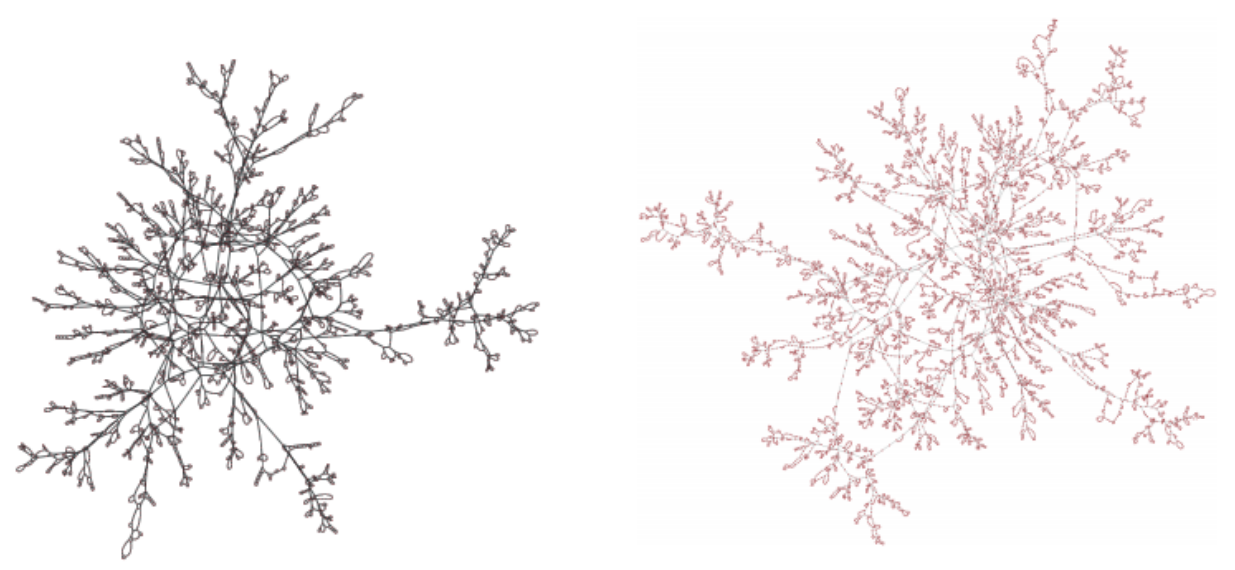
generative adversarial networks
In 2014, Ian Goodfellow, then at OpenAI, published his seminal paper, titled “Generative Adversarial Networks”1, detailing how competition between generator and discriminator functions, approximated by neural networks, can train the generator to produce realistic images. In this article I will be discussing the theory behind this idea, my own implementation in Julia (mirroring the network structure in Goodfellow’s original paper), and show some of the images I was able to get out....
